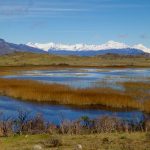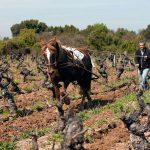It might be enough to tell your casual wine-loving friends that you’re going to Chile to visit some wineries. But the people you know, who look to you for advice on where to go wine tasting, or to help them fill up what little empty space is in their cellars, are going to want to know more. Which valleys? Which varietals? Which wineries? Chilean wine country is varied, with multiple terroirs and climatic conditions from the near coastal vineyards famous for their whites, to wines pushing the limit in Chile at over 2,000 feet under the watchful eye of the Andes. There are also big labels, with extensive export networks, as well as tiny little wineries for which you taking a bottle of their wine back home may be the farthest their wine has ever traveled.
Wine-Growing Regions in Chile
If you’ve got a month in Chile, you could probably visit most of the wineries you’d like to see. In a week, you’ll have to do more of a surgical strike. And if you only have a few days to max out on wineries, well then, you’re going to have to be extremely precise in what you’re looking for, whether that’s in the form of successive day trips or overnights from Santiago. It depends whether you want to head north to Valle de Elqui, with some of the clearest skies (and lowest precipitation) of wine-growing regions in Santiago, or out to the coast near San Antonio, where wineries thrive just 4 kilometers from the sea itself. Or if you prefer digging deeper both into the landscape and history of Chile you can travel south to the Region of Maule, where old bush varietals are seeing a comeback in the old-meets-new wines made of Grenache, Carignan and Uva País, a grape long overlooked by fine winemakers.
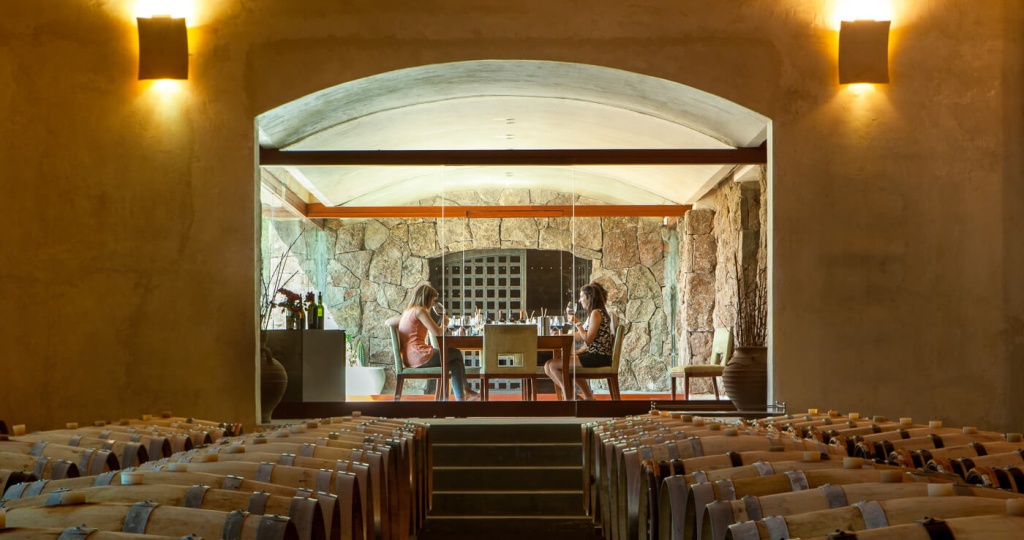
Wine tasting at Altair in the Cachapoal Valley
Close to Santiago
Many winery visits in Chile take place with Santiago as a base for several practical reasons. It’s the port of entry for most travelers, and there are many top-notch hotels to choose from, from international chains to mid-size luxury, to hotels that have just a handful of well-appointed rooms. Santiago is convenient to several wine valleys a couple of hours’ or less drive from the capital city, making day trips, and successive day trips to different valleys from Santiago a practical option. The following are seven valleys close to Santiago that make for easy trips.
Casablanca Valley
Most travelers will pass through the Casablanca Valley, either in search of good wine, or on their way to the coast. This region has seen major changes in the last 25 years when innovative planters saw this pre-coastal region (which is, in fact, closer to the coast than it is to Santiago) as the potential future of cool-climate viticulture.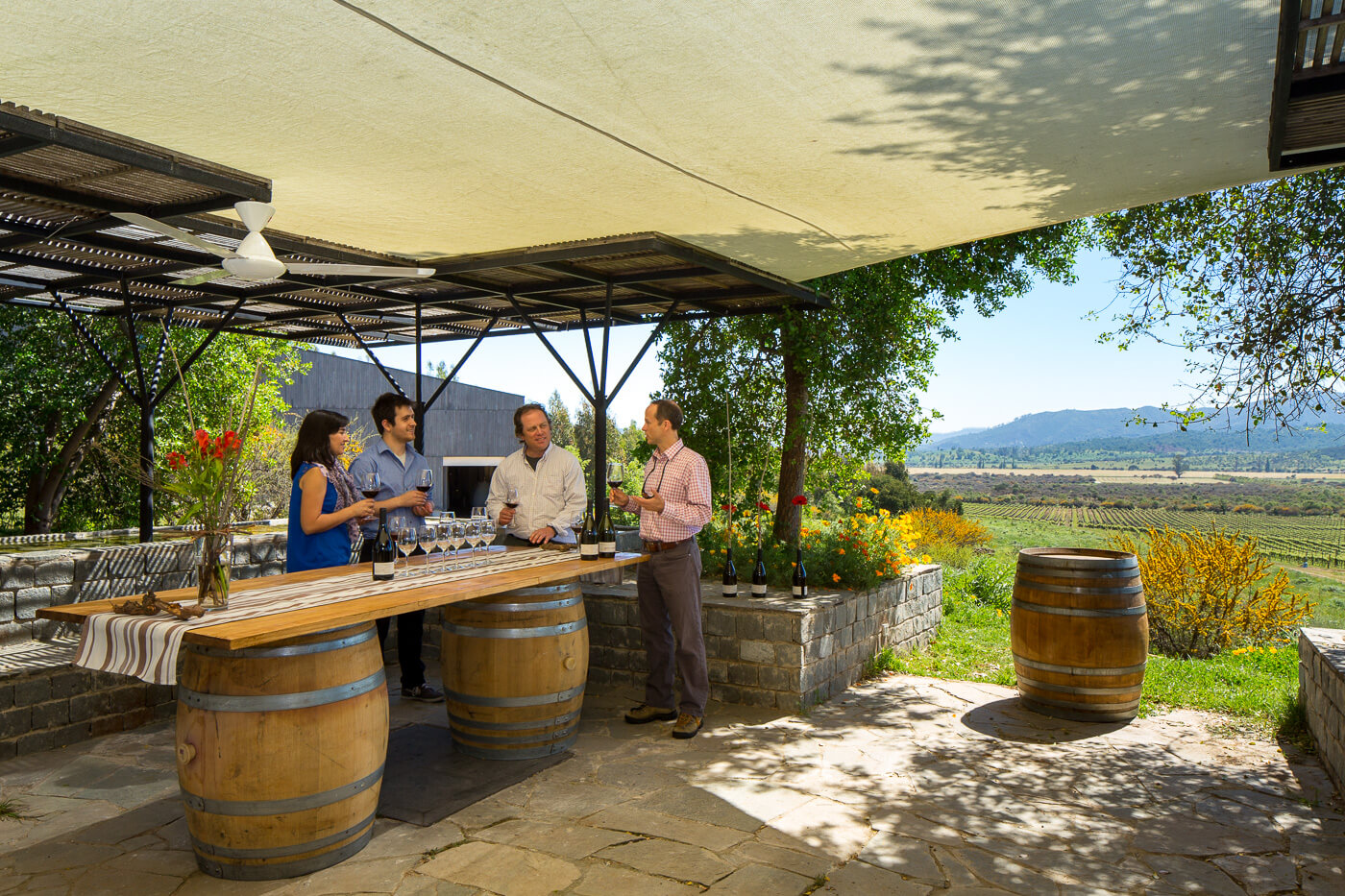 Chardonnay is very popular here, with high-density plantations reducing the need for chemical or other interventions. In addition, Sauvignon Blanc is on the rise, as is Pinot Noir, and some of these varietals have proven their mettle on the international stage, winning even in competitions against French wines. The wineries here run the gamut, from tiny operations with just a few hectares and bare-bones facilities, to large plantations with manor houses, elegant tasting rooms with hike and bike options. A couple of wineries have even come together to do tastings and meal options with famous chefs all in the same central location that is easily accessed from one of Chile’s main highways.
Chardonnay is very popular here, with high-density plantations reducing the need for chemical or other interventions. In addition, Sauvignon Blanc is on the rise, as is Pinot Noir, and some of these varietals have proven their mettle on the international stage, winning even in competitions against French wines. The wineries here run the gamut, from tiny operations with just a few hectares and bare-bones facilities, to large plantations with manor houses, elegant tasting rooms with hike and bike options. A couple of wineries have even come together to do tastings and meal options with famous chefs all in the same central location that is easily accessed from one of Chile’s main highways.
Maipo Valley
This valley is Chile’s second-oldest region for winegrowing, and has several French-inspired vineyards, which themselves started Chile’s second wine boom some 150 years ago. This area is strong in Cabernet Sauvignon production, and also receives high marks for some of the world’s best Carménère, the grape that was rediscovered in Chile after it was thought to be lost to the world in a phylloxera scourge in France. This valley, which is close in to Santiago, houses some of the big names from Chile, including Concha y Toro and Santa Rita, which both have sizeable estates, test gardens and impressive installations. The presence of smaller wineries like boutique Antiyal, which has much smaller, biodynamic production, show that this valley has space for many different types of wine production, much of it world-class.
San Antonio and Leyda Valleys
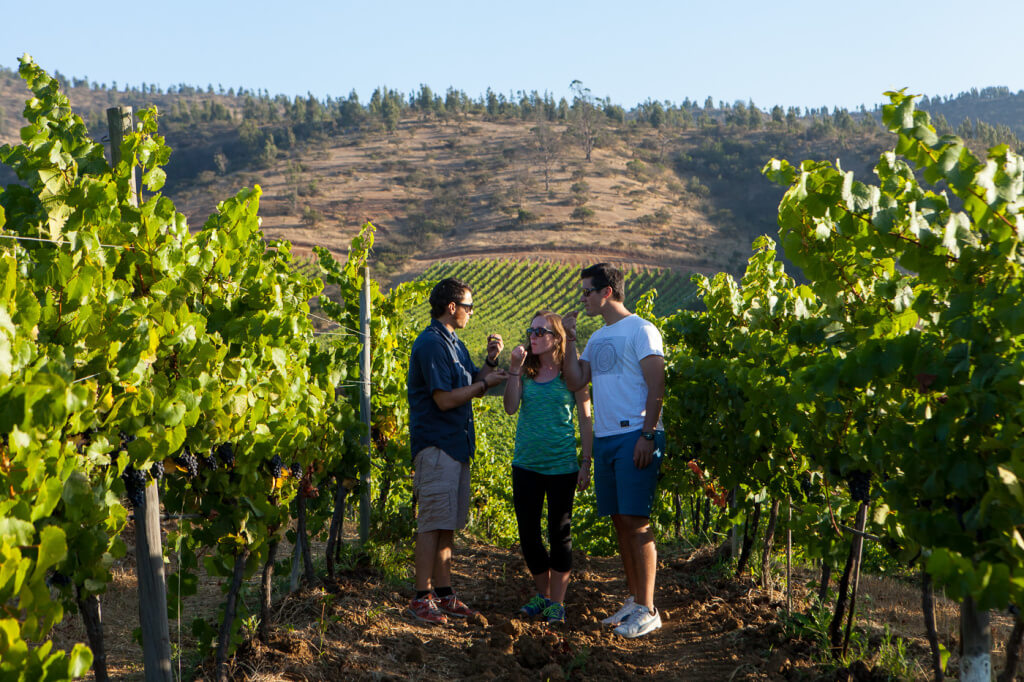 These coastal valleys stand in stark contrast to the more inland valleys, and have attracted bold growers who take advantage of the cool ocean breezes, turning these areas—Leyda is a sub-valley of San Antonio—into world-level producers of cool weather grapes like Sauvignon Blanc, Chardonnay, Pinot Noir, and Syrah. These San Antonio wines are generally known their crispness and minerality. In the sub-valley of Leyda, there is a strong influence of the Humboldt current, and it is especially known for Chardonnay, Sauvignon Blanc and Pinot Noir production, which should come as no surprise. What does tend to surprise guests a bit is the production of somewhat unusual-for-Chile Riesling and Sauvignon Gris wines from the Leyda Valley, which also perform very well.
These coastal valleys stand in stark contrast to the more inland valleys, and have attracted bold growers who take advantage of the cool ocean breezes, turning these areas—Leyda is a sub-valley of San Antonio—into world-level producers of cool weather grapes like Sauvignon Blanc, Chardonnay, Pinot Noir, and Syrah. These San Antonio wines are generally known their crispness and minerality. In the sub-valley of Leyda, there is a strong influence of the Humboldt current, and it is especially known for Chardonnay, Sauvignon Blanc and Pinot Noir production, which should come as no surprise. What does tend to surprise guests a bit is the production of somewhat unusual-for-Chile Riesling and Sauvignon Gris wines from the Leyda Valley, which also perform very well.
Aconcagua Valley
This valley is named for the highest peak on the continent, which is just north of the pass to drive over to Mendoza, Santiago’s Argentine wine-making neighbor to the east. And it’s east you’ll drive from Santiago, up into the warmer areas where the Aconcagua wineries sit. While this area is perhaps most famous for large wineries with some of Chile’s highest-scoring wines, it is also home to several smaller producers, some of whom are members of MOVI, Chile’s independent winemaker movement, who are also making very notable vintages. This valley is ideal for growing Chile’s emblematic Carménère grape, but there are also plantings of Petit Syrah, Tempranillo and other varietals. What the wines from Aconcagua tend to have in common is that they are bold, and full-bodied, with notes of ripe red fruit, which is not surprising, given the high temperatures here.
Cachapoal and Colchagua
These two inland valleys were formerly known as the Rapel Valley under the denominación de origen system. It was named for the river that has its braided estuary and ocean outflow near the coast in San Antonio. The valley has since been subdivided into two sections. Closer to the source of the river on the northern end, is the Cachapoal Valley. Here is nearly no maritime influence, and it’s in the heart of Chile’s agricultural belt. This area is primarily known for the Cabernet Sauvignon that does well in poor soil up closer to the Andes, and closer to the river valley, for the Carménère it produces.
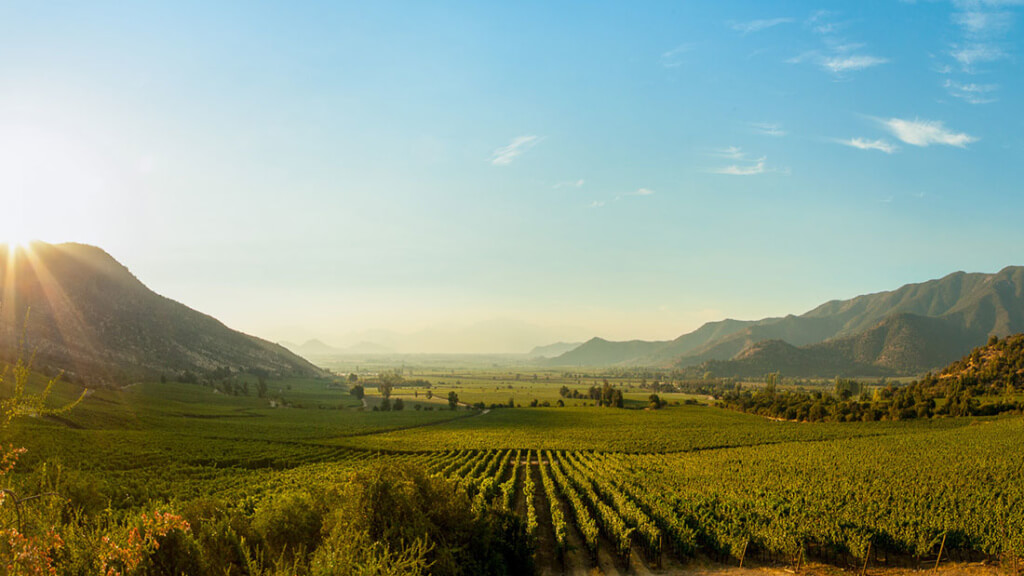
Sunset over the vines in the Cachapoal Valley at Altair.
The Colchagua Valley is the southern part of the larger Rapel Valley. This area is celebrated for its ripe and juicy red wines, with Cabernet Sauvignon the predominant variety. Syrah and Carménère from this valley are getting good reviews, as are the relatively small quantities of excellent Chilean Malbec that are coming from this area. Malbec is considered Argentina’s most emblematic wine, though when grown in Colchagua, we think you’ll agree it’s a very different wine. Recently, vineyards in the Colchagua valley are planting further towards the coast, and are also able to also work with some cool climate varietals.
Farther Afield
Once you’ve exhausted a day trip or close-in possibilities near Santiago, or if you’re itching to see more of this beautiful country, it’s time to strike out to some other wineries that will take you farther afield. Visitors usually head either north or south of the city, traveling to vineyards with truly disparate landscapes—generally more green and lush in the south—and longer days with orange sunsets in the north.
Using Santiago as the starting point, Aconcagua is the limit to how far visitors normally travel for a day trip. Anything further and you’ll take an overnight trip to the Choapa, Limarí and Elquí valleys, to see some of the “norte chico” (roughy, close-north)’s most striking landscapes, as well as drink some of its best wines.
Limarí and Choapa Valleys
Limarí and Choapa are often discussed together, with Limarí being the northern part of these two contiguous valleys, and Choapa being the southern portion. Limari is producing Chardonnays known for their crisp acidity and mineral edge. Cool climate varieties grow closer to the coast, with the coastal range protecting them from the chilling effect of the Humboldt Current, which cools Chile’s coast with water coming straight from Antarctica. Grapes from Choapa produce rich Syrah and other red varietals in rocky, inland soils.
Elqui Valley
The Elqui Valley, known throughout Chile for its starry skies and Pisco grapes, also makes a splash in winemaking. This area is particularly well known for its cool climate Syrah, which in the warm desert is grown at 2,000 meters, to keep growing conditions ideal, in cooler temperature. At this elevation, these are some of Chile’s highest vineyards, and the results are well-received. Recently this valley has begun to produce more Sauvignon Blanc, and its performance is taking off both in Chile and around the world. Pinot Noir from this area is also performing well.
If you’d rather trade the warm light and desert skies of the north for the verdant, rocky landscapes of the south, rather than north, head south of Santiago (and of the Colchagua Valley). Here you’ll find both old and new wine-growing valleys of Curicó, Maule, Itata and finally Bíobio and Malleco.
Curicó Valley
The Curicó Valley has a long history of winemaking, with wine grapes having been grown in this area for 150 years. When driving the Pan-American highway, which runs north-south from Alaska, through Chile and later into southern Argentina, there are hundreds of kilometers of wine grapes, which is one of this area’s most important economic activities. Both red and white wines coming out of this area perform consistently well.
Maule Valley
Maule is one of Chile’s largest and most diverse valleys, which consists of three distinct sectors. Maule produces the bright, fruity reds for which Chile is known, in addition to a recent resurgence in what many call “bush vines.” These grapes, such as Grenache, Uva País (also called “Cepa País”) and Carignan have historically been used for table wines. Now, seasoned winemakers are lending a hand, and creating some interesting, high-quality blends, and even 100% varietals from the grapes from these old school plantations.
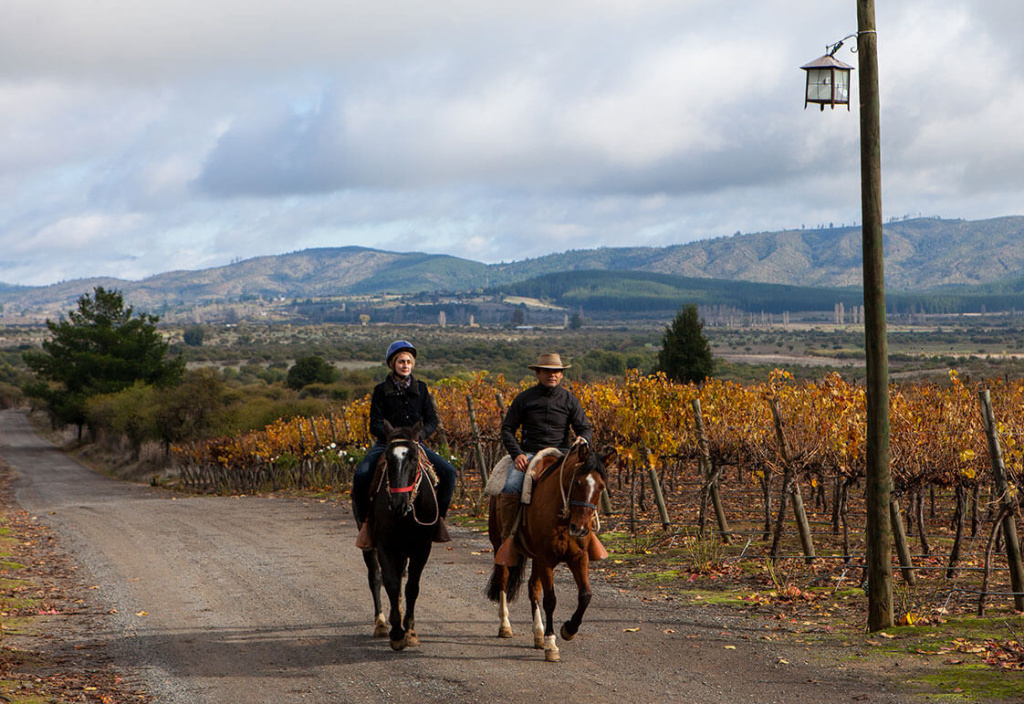
Itata Valley
If you had to pinpoint the historical start of winemaking in Chile, you need look no further than the Itata Valley. Grapes made their way in here from the port near Concepción, and there are records indicating their presence from about mid 16th century. Hot summers and very cold winters are challenging for growers and winemakers, but with a little help from technology, the noble varieties grown here for hundreds of years are making a mark in export and local markets.
Bío Bío and Malleco Valleys
For practical purposes, grapes grown in the Bío Bio and Malleco Valleys are the southernmost commercially viable production in Chile. Though there is some grape production even farther south, these two valleys about 650 kilometers south of Santiago represent Chile’s viticultural southern extreme, for now. Weather is much more volatile here than in many other winegrowing regions, but the dogged work of several winemakers are turning out cutting edge Pinot Noir, Chardonnay and Sauvignon Blanc wines that are proving that the hard work in inclement weather is worth it.
All of these valleys and other producing-valleys are mapped out on the helpful Wines of Chile Wine Regions page (http://www.winesofchile.org/en/regions-and-vineyards). This map shows both northern and southern valleys, as well as whether the valleys are considered coastal, inter-cordilleran (between mountain ranges) or Andean in nature.
